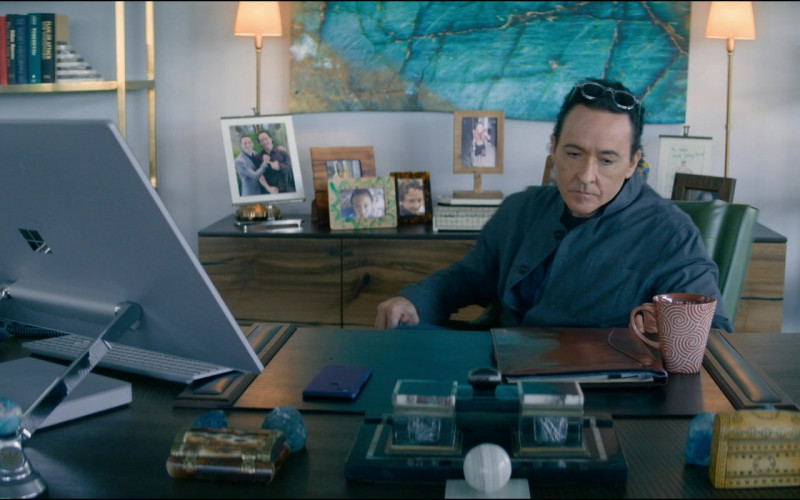
COFFEE PRICE
No doubt that coffee price has risen.
Wherever and in whatever way you buy it.
In particular we are paying seven euros more in a short time.
Considering this, my husband set about calculating the difference for us who with a kilo of coffee go over 142 cups on the basis of seven grams each, comparing the cost today and the cost six months ago.


In general, a controversial and very popular topic is the hypothetical new price of the cup at the café: two euros.
How does price get there?
Lu had already pointed out to me a whole repertoire of common discontents, expressed in more or less colourful ways.
I am very interested in your opinion as a consumer, what do you say?
I thought to consult industry insiders and experts, and I would like to take this opportunity to thank everyone again.
ALTOGA: National Association of Coffee Roasters, Coffee Importers and Food Wholesalers sent me the link to their press review that you can find here.
Click then for the file on
The opinion of Martina Mazzoleni, marketing specialist at Caffè Ernani is as follows:
The price of espresso in the next 5/10 years willy-nilly will reach € 2.00, for the following reasons:
-
Increase in the price of the raw material i.e. green coffee, from 2019 to today the price has increased on average by 400%, some coffees have seen peaks of even 600% more.
-
Climate change: there will be more and more people asking for coffee, but there will be less and less coffee available. And by the law of supply and demand when there is more demand and less availability of a resource, the price goes up, it is economics.
-
If we want a fairer catering industry, prices must be increased. We often complain as citizens about the low wages in the restaurant industry (and I am not referring to those who hire non-compliant, etc., those are not entrepreneurs to me), but precisely about the too low wages with the industry’s collective bargaining agreements.
-
Skyrocketing running costs, if in the past it cost X to run this kind of business, today it costs X times 2, so twice as much.
-
Increased shipping costs, it doesn’t look like it but even shipping costs in the best cases have doubled, in the worst cases they have quintupled, so there must be a higher mark-up at the end to be able to pay them.
-
Wars, which created problems precisely because of the previous point, shipping.
-
Pay fairly at origin too, if we want to stop exploiting farmers and pay the right price for green coffee, we must also raise prices to consumers.
-
Apart from Italy, no country still has coffee prices this low, we are lagging behind.
-
With the entry of the new EUDR, even less coffee will be allowed to be imported into Europe, so even higher prices are expected in 2025.
Finally, I understand that consumers rightly cannot afford too high coffee prices, but this is a problem of wages that are not being raised by the state at national level, not of the baristas or coffee roasters who in the last 4 years are simply trying to survive the worst crisis our sector has seen since coffee became a global commodity, i.e. since the 16th century.
Giulia Spinoni of IEI Italian Espresso Institute provided me with a document with an emblematic title: no to instrumentalisation.
Click for the press release
Trieste Coffee Association you already know it: we talked about the unofficial capital of coffee.
Once again I would like to refute the alleged coldness of the north-east: once again I had the privilege of finding maximum availability and exquisite cordiality.
The president: Arianna Mingardi is among those women with whom one is immediately on the same wavelength, where it is the value of people that counts.
I contacted the association in a particularly fervent period for Trieste, so I say stay tuned because we will have the opportunity to chat further on the subject.
To stay for now on the coffee price issue: the president explained to me that, starting with the raw material, i.e. raw coffee, the increases have been slow but continuous, in step with adverse weather conditions.
However, it is not only the price that has risen: consumption has also increased significantly, especially from countries that previously did not consume coffee.
The logistical situation is also very difficult, due to very long waits for transit through the Suez Canal, or alternatively, the circumnavigation of Africa.
Even considering the real speculations that affect this as well as other sectors, the main thing that emerges is the attention paid to the protection of a supply chain that affects the entire territory at various levels, aimed at making coffee a valuable beverage.
Before concluding, I would also like to issue an invitation to our Laura from Al tavolo di Amalia to get the point of view of Naples: what about suspended coffee at the price of two euros?










 Hi I'm Claudia and this is KCDC.
Hi I'm Claudia and this is KCDC.




OPINIONI